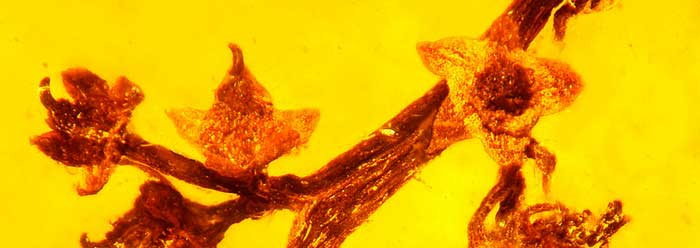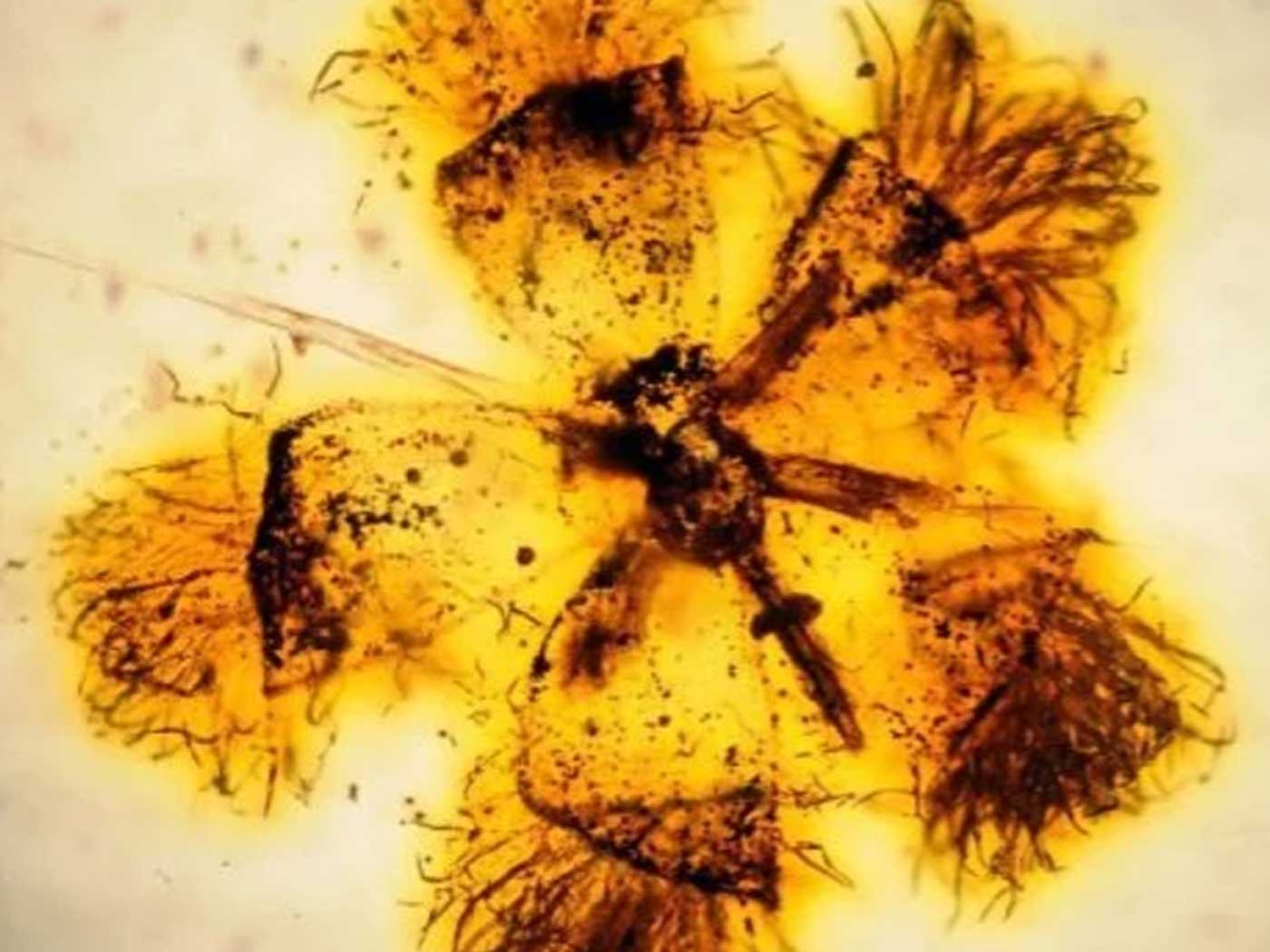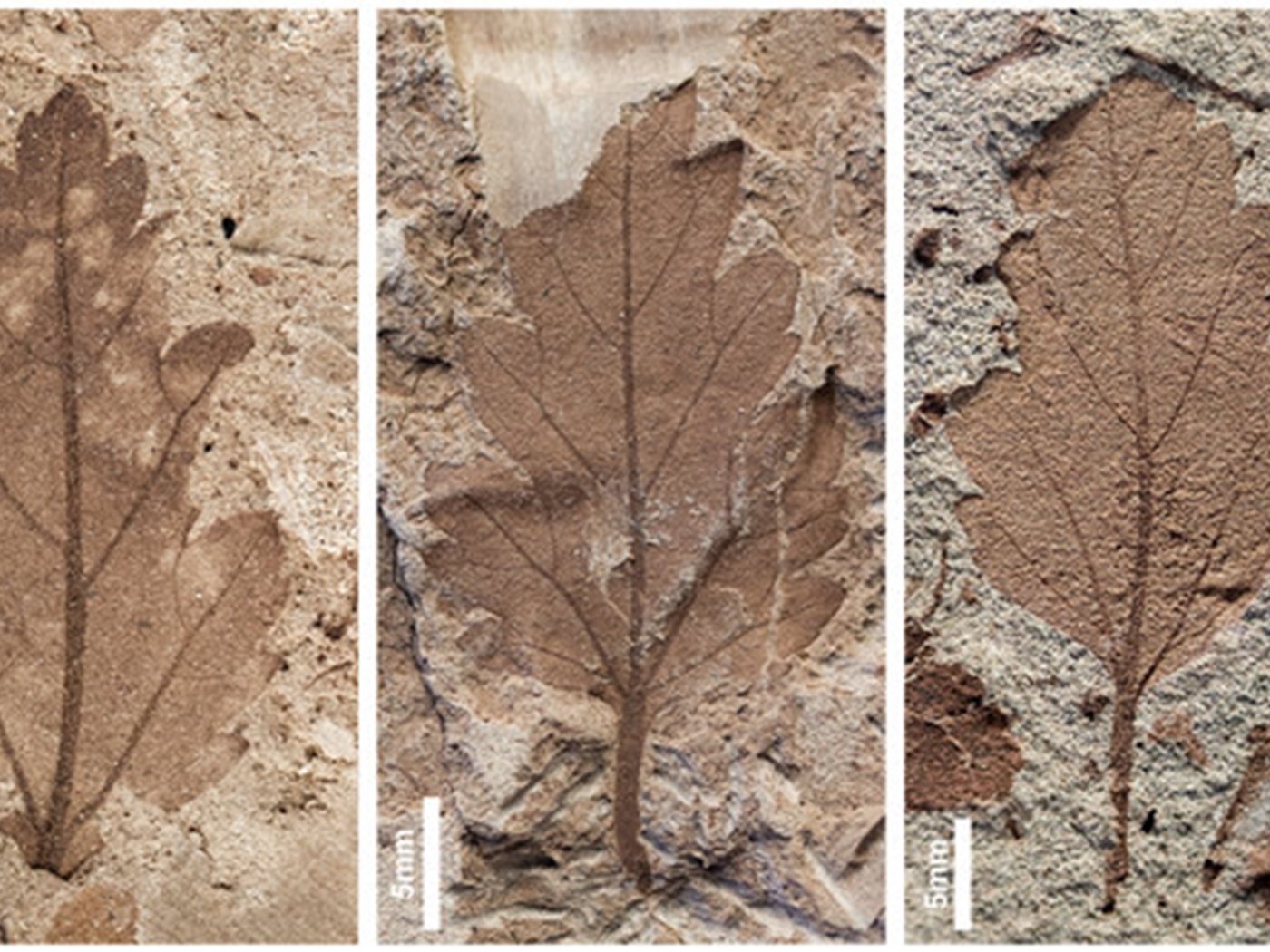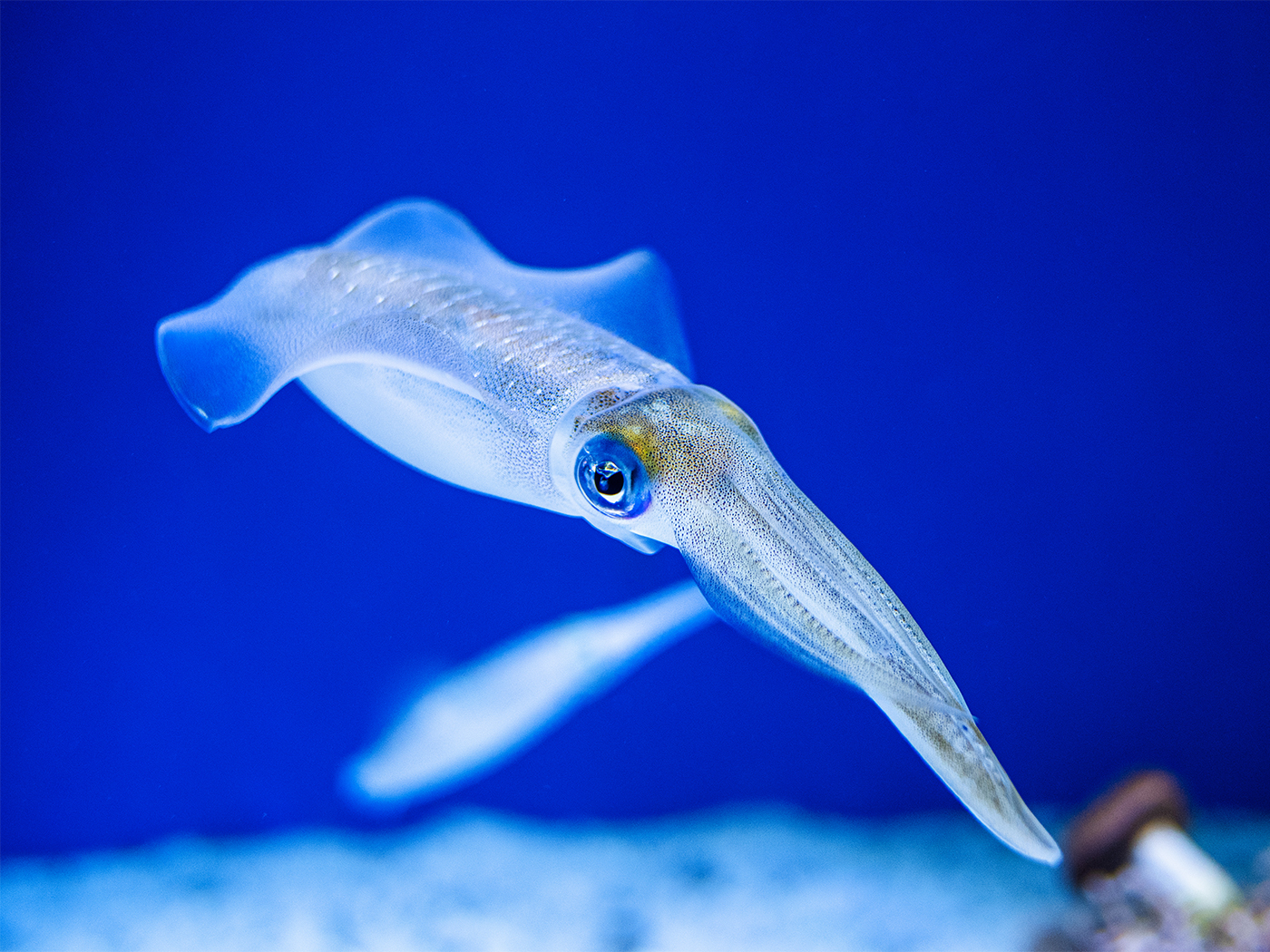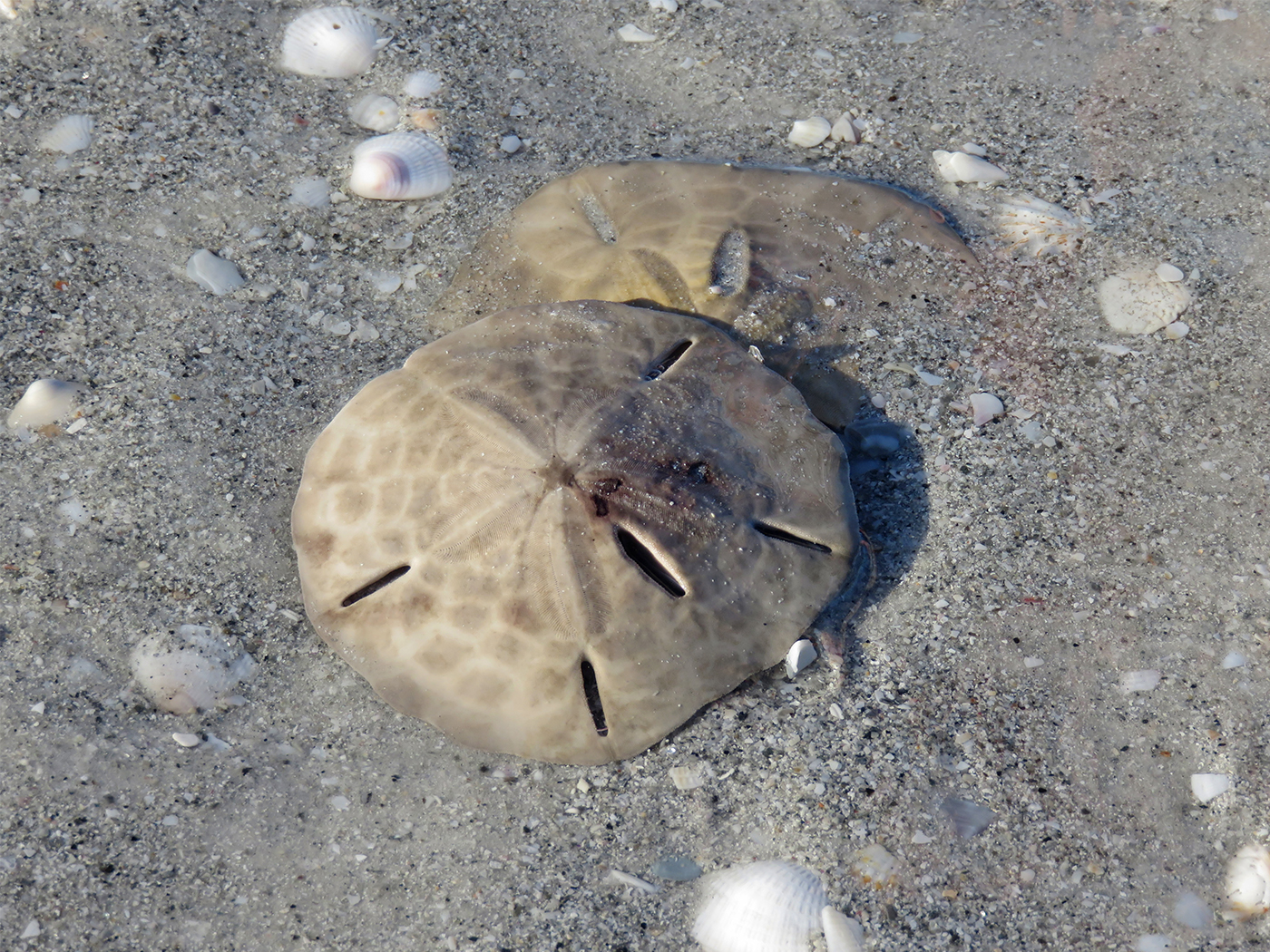Dinosaur dioramas don’t display flowers and grasses—supposedly because they had not yet evolved. But it takes only one piece of the right kind of evidence to disprove a whole paradigm. Amazing amber fossils from Burma (now Myanmar) refute the idea that flowers were absent in the supposed Age of Reptiles by showing the abrupt appearance of fully-formed flowers.
Publishing in Journal of the Botanical Research Institute of Texas, three scientists described a cluster of small, possibly rose-like flowers encased in amber assigned an age of 100 million years—well within the timeframe that evolutionists ascribe to dinosaurs.1 The petal-less flowers looked unique enough for the researchers to give their plant a new name, Micropetasos burmensis. Nevertheless, the pollen grains adhering to the flower stigma and tiny pollen tubes frozen in their growth down the flower style clearly show that flowers back then were operating just like modern living flowers.
“It appears identical to the reproduction process that ‘angiosperms’ or flowering plants still use today,” according to an Oregon State University news release.2 Fossils show no evolutionary transition from some other reproductive strategy toward that of angiosperms. This extinct flower variety reproduced with the array of perfectly fitted parts and interconnected tactics, including insect pollination, that angiosperms have and use today.
Study lead author George Poinar, Jr. worked with a team that posted online images of the stunning Burmese amber fossils.3 They provide many clues that life back then was like life as we now know it—clues that dinosaur depictions should surely show in order to be accurate. There are dozens of easily recognizable insects and spiders entombed in the amber, including click beetle, weevil, moth, grasshopper, cockroach, walking stick, cicada, long horn beetle, and praying mantis.
Like the flower mentioned above, several of these insect varieties have no known living representatives, so they have probably gone extinct. But extinction removes life forms, whereas evolution is supposed to invent them, so their absence offers no support for an evolutionary history of life.
The ambers also include bamboo and fern fragments. Angiosperms including grasses should thus be displayed in dinosaur dioramas.4 They also contain a centipede, millipede, jumping spider, tick, scorpion, garden spiders, nematodes, and a snail shell. The majority of these tiny relics of the past look just like today’s versions.
Perhaps the most fascinating Burmese amber inclusions hint at larger creatures. One holds a whole lizard’s foot. Another encases two small flight feathers from a fully modern bird—proving that birds flew alongside dinosaurs—and others include hair, probably from small tree-dwelling mammals that would have inhabited an ancient swampy habitat. In an earlier study, Poinar described two bamboo inclusions from these ambers, noting that they “are considered early bambusoid types that grew in tropical, forested habitats.”5
Isn’t it time to start showing dinosaurs according to these and so many other fossils, and not according to evolutionary ideas about the past—ideas that don’t match the observed data? It now appears dinosaurs lived in tropical settings alongside plenty of plant and animal forms that live to this day.
References
- Poinar, Jr., G. O., K. L. Chambers, and J. Wunderlich. 2013. Micropetasos, a New Genus of Angiosperms from Mid-Cretaceous Burmese Amber. Journal of the Botanical Research Institute of Texas. 7 (2): 745-750.
- Amber fossil reveals ancient reproduction in flowering plants. Oregon State University news release. Posted on oregonstate.edu January 2, 2014, accessed January 6, 2014.
- Paleo Park. Posted on home.fuse.net/paleopark, accessed January 6, 2014.
- Thomas, B. and T. Clarey. 2013. Pollen Fossils Warp Evolutionary Time. Acts & Facts. 42 (12): 14-15.
- Poinar, Jr., G. O. 2004. Programinis burmitis gen. et sp. nov., and P. laminatus sp. nov., Early Cretaceous grass-like monocots in Burmese amber. Australian Systematic Botany. 17 (5): 497-504.
Image credit: George Poinar, Jr., courtesy of Oregon State University
* Mr. Thomas is Science Writer at the Institute for Creation Research.
Article posted on January 17, 2014.




